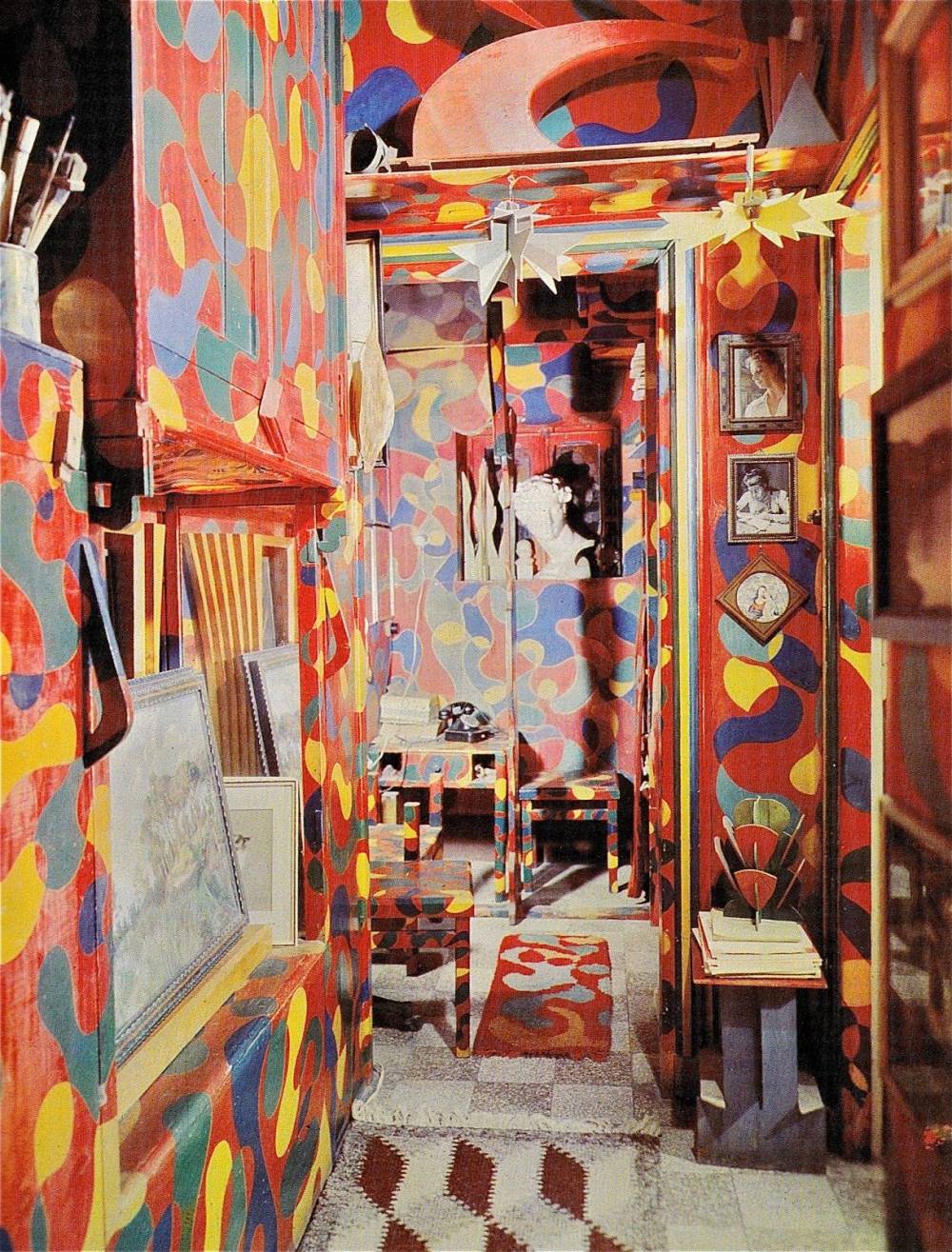
Giacomo Balla
Casa Balla, 1929
Italian futurist painter Giacomo Balla was born in Turin, Italy on July 18, 1871. Despite Balla’s lack of interest in art as a young boy, his father, Giovanni, worked as a chemist and held a deep love for photography. Throughout his teenage years Balla began to share in his father’s fascination with photographic prints, and by the age of twenty, his growing interest in the arts led him to study painting at a local academy in Turin. Although his work changed considerably over the course of his career, Balla’s early education continued to impact his choice of pictorial subject matter and his careful preparatory studies for each of his compositions – even after his radical shift into the realm of Futurism.
Stemming from his belief that ‘true’ art could not be learned solely in a classroom, Balla set off on a creative exploration beyond the Accademia Albertina in his hometown of Turin and moved to Paris in 1900. After attending the Paris Fair of 1900 and having the opportunity to experience works by Cezannee, Degas, Manet, Seurat, and many other artists who marked a stylistic shift away from classsical painting, Balla returned to Italy completely changed by impressionist and early modern ideas. Futhermore, aside from seeking inspiration in other artist’s work, Balla found himself infatuated with Étienne-Jules Marey’s ‘Motion Study’ photogrpahy.
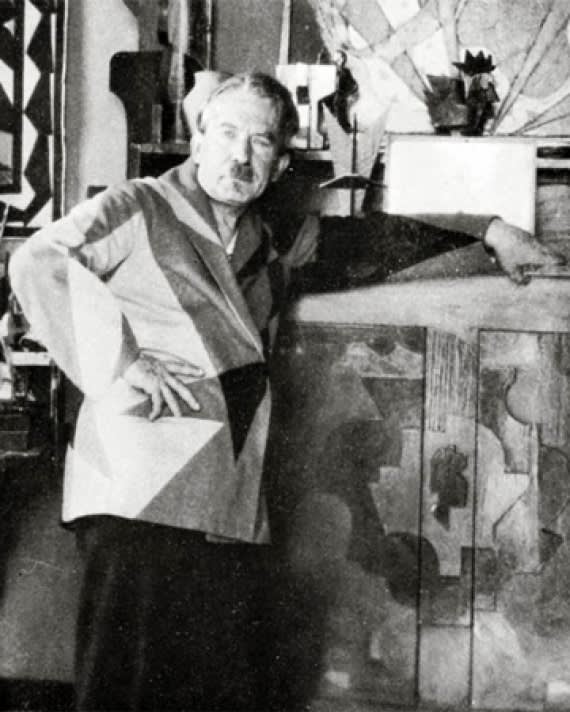
Portrait of Giacomo Balla
After returning from Paris with a heightened interest in the modern metropolis, politics and technology and as they relate to art, it was only natural that Balla join an up-and-coming group of likeminded individuals known as the Italian Futurists. The Futurist movement, founded by F.T. Marinetti, was a social and artistic party that originated in Italy during the early 20th century whose key focusses involved technology, youth, violence and modern industries, such as shipping, manufacturing and the automobile industry.
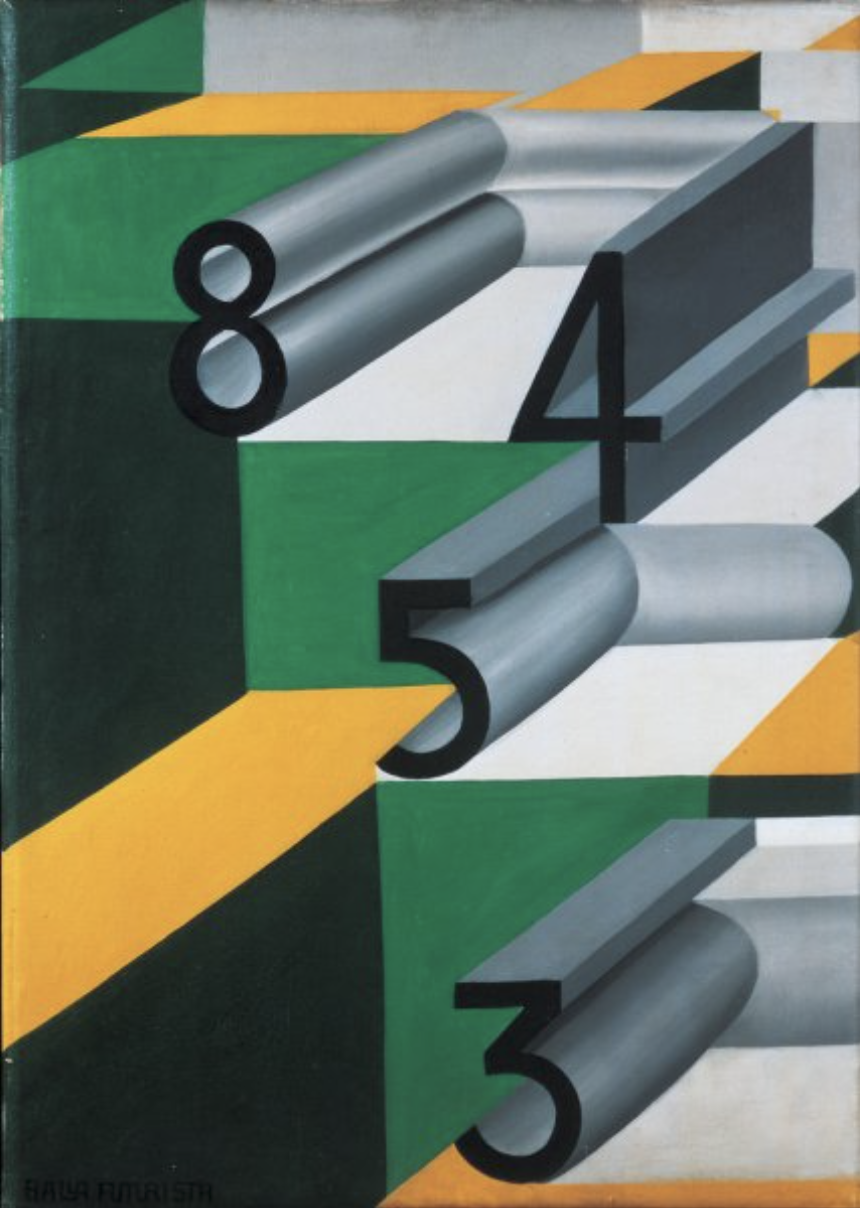
Giacomo Balla
Numbers in Love, 1920
Balla produced influential and groundbreaking work during his Futurist phase, perhaps the most notable being ‘Street Light,’ which combines his obsession with the compositon of light and the study of movement – the later of which was heavily influenced by Étienne-Jules Marey’s aforementioned ‘Motion Studies’. Said influence also appears in Balla’s 1912 painting, ‘Dynamism of a Dog on a Leash,’ in which his loose, painterly strokes give the impression of movement atop the canvas, a technique that was also being used throughout European avant-garde painting at the time, where pointelist dots are replaced by large, expressive strokess. Balla continues to draw on this methodology in his painting ‘Girl Running on a Balcony,’ a colorful abstract rendering of his young daughter playing on his studio balcony.
Giacomo Balla
Street Light, 1909
Giacomo Balla
Dynamism of a Dog on a Leash, 1912
In 1912 Balla also began a series of color studies titled ‘Iridescent Interpretations’ – for which he was inspired by French chemist Michel Eugène Chevreul's studies of color theory – while continuing down an abstractionist path and producing ‘Abstract Speed + Sound’ along with various similar works. Balla also began to explore the three dimensional realm creating both futurist furniture and “anti-neutral” clothing, as well as sculpture. In 1915, Balla completed his most notable work in sculpture titled ‘Boccioni's Fist’, based on the 'lines of force'. As his career further evolved, the confines of Balla’s work continued to expand as well.
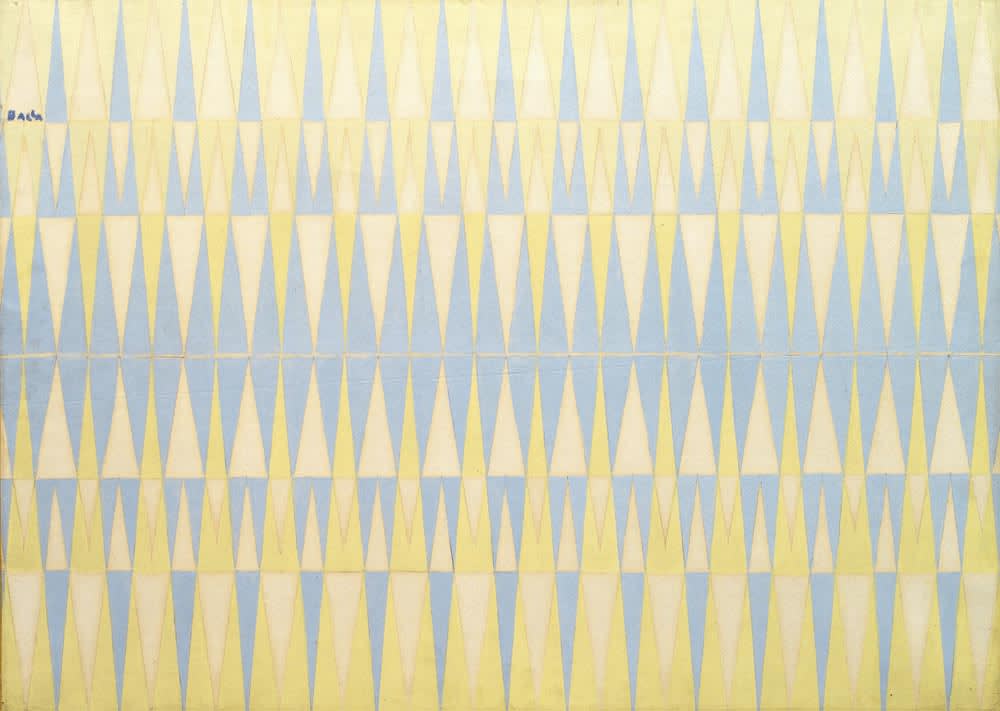
Giacomo Balla
Iridescent Interpretations, 1912
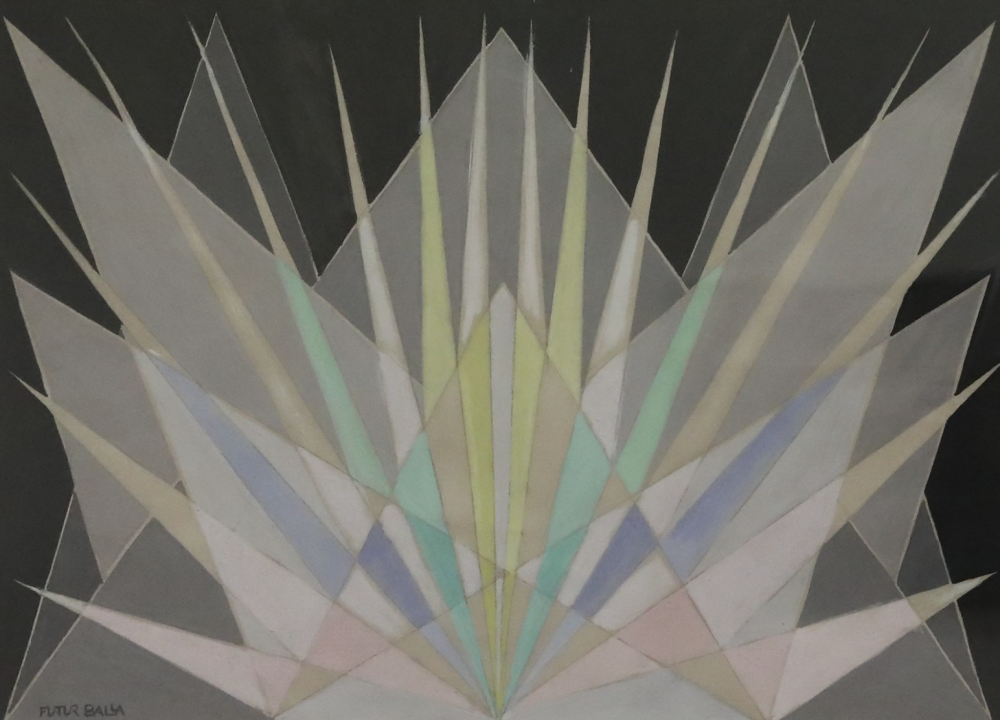
Giacomo Balla
Iridescent Interpretations, 1912
Casa Balla – as it became known – the house of Giacomo Balla in Rome, served as the painter’s home and studio for more than 30 years, and became both a refuge and meeting place for young artists during the First World War. If, as Victor Hugo wrote, “From the shell one can guess the mollusc, from the house, one can guess the inhabitant,” nothing was truer than in Balla’s case. The vibrant colors and dynamic lines of Casa Balla’s various rooms and long corridors were the home’s the main design elements. Colorful murals decorated the interior walls, with complimentary furniture and accessories completing each room. Balla and his two daughters repurposed scraps of unused materials to make flowers, lamp shades, screen dividers and coat hangers, as well a to create tapestries, parchments, and sew Futurist clothing. They did ceramics, colored the walls, and decorated frames using instruments that are said to still lie in the home today, alongside Balla’s creative equipment, such as easels and old chairs, lit by a spectacular explosion of color.
Furthermore, Casa Balla is the place where, over time, Balla developed the theories of Futurist painting that he expressed in his 1918 ‘Color Manifesto,’ engaging words that today could be used to describe his Roman home: “A color explosion … so joyful, bold, aerial, electrically laundered, dynamic, violent.”
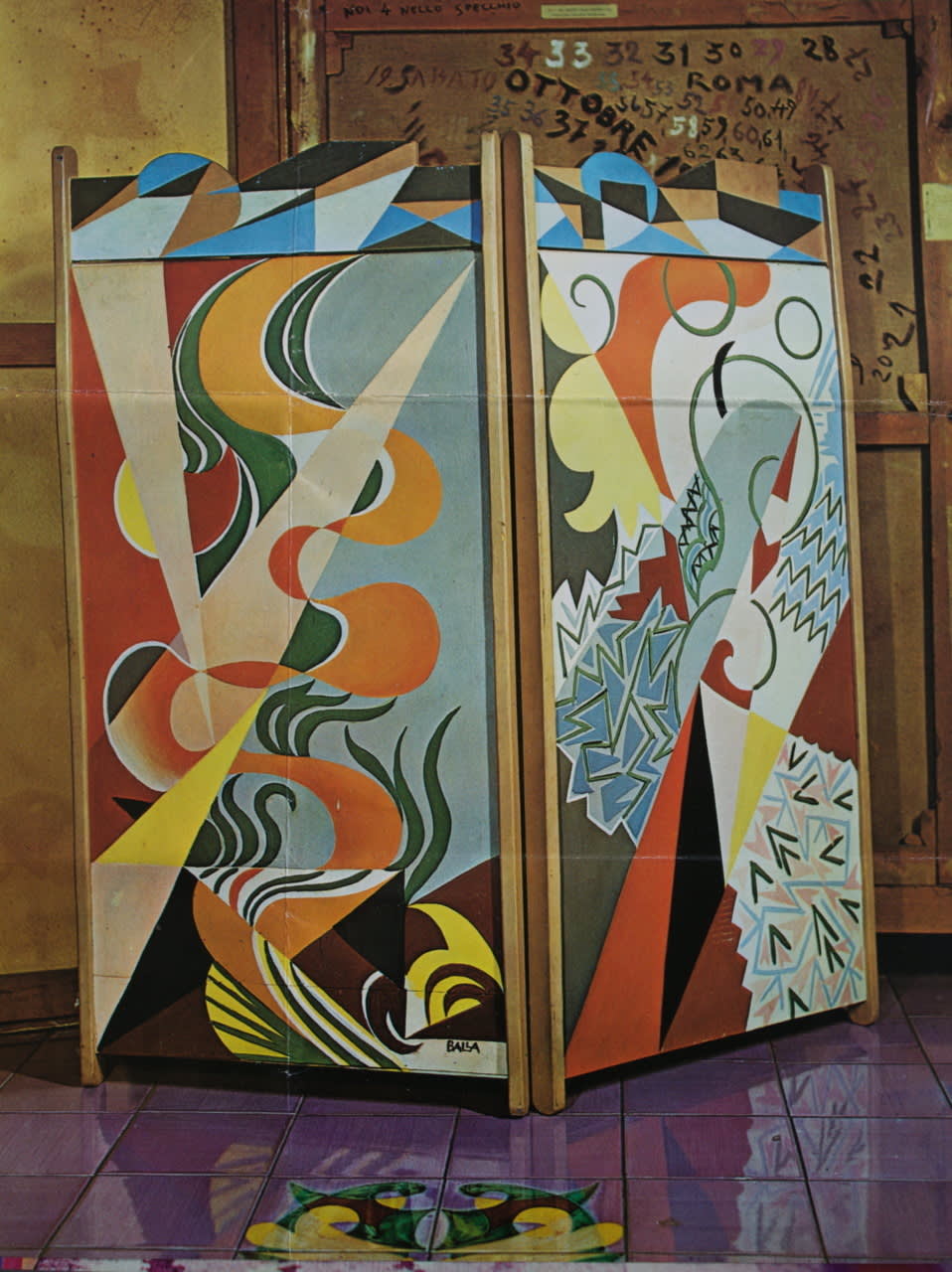
Giacomo Balla
Casa Balla Model, 1929
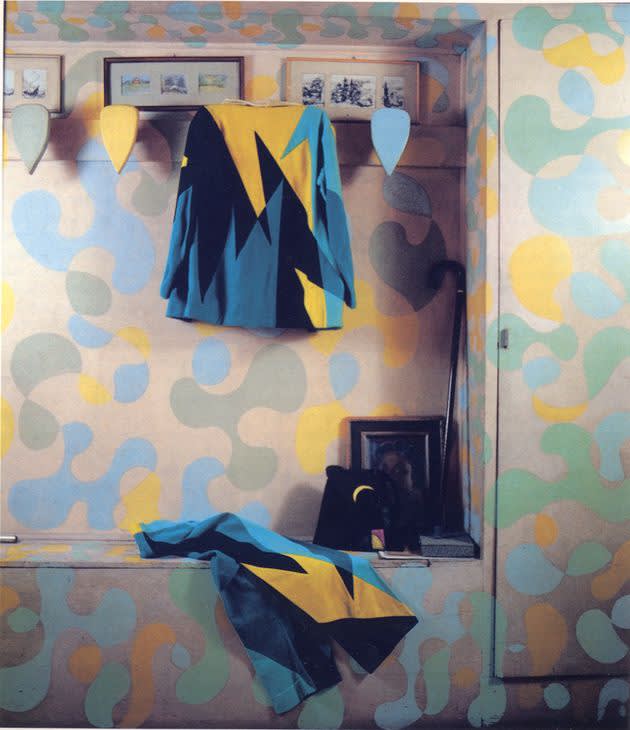
Giacomo Balla
Balla's Clothing, 1929
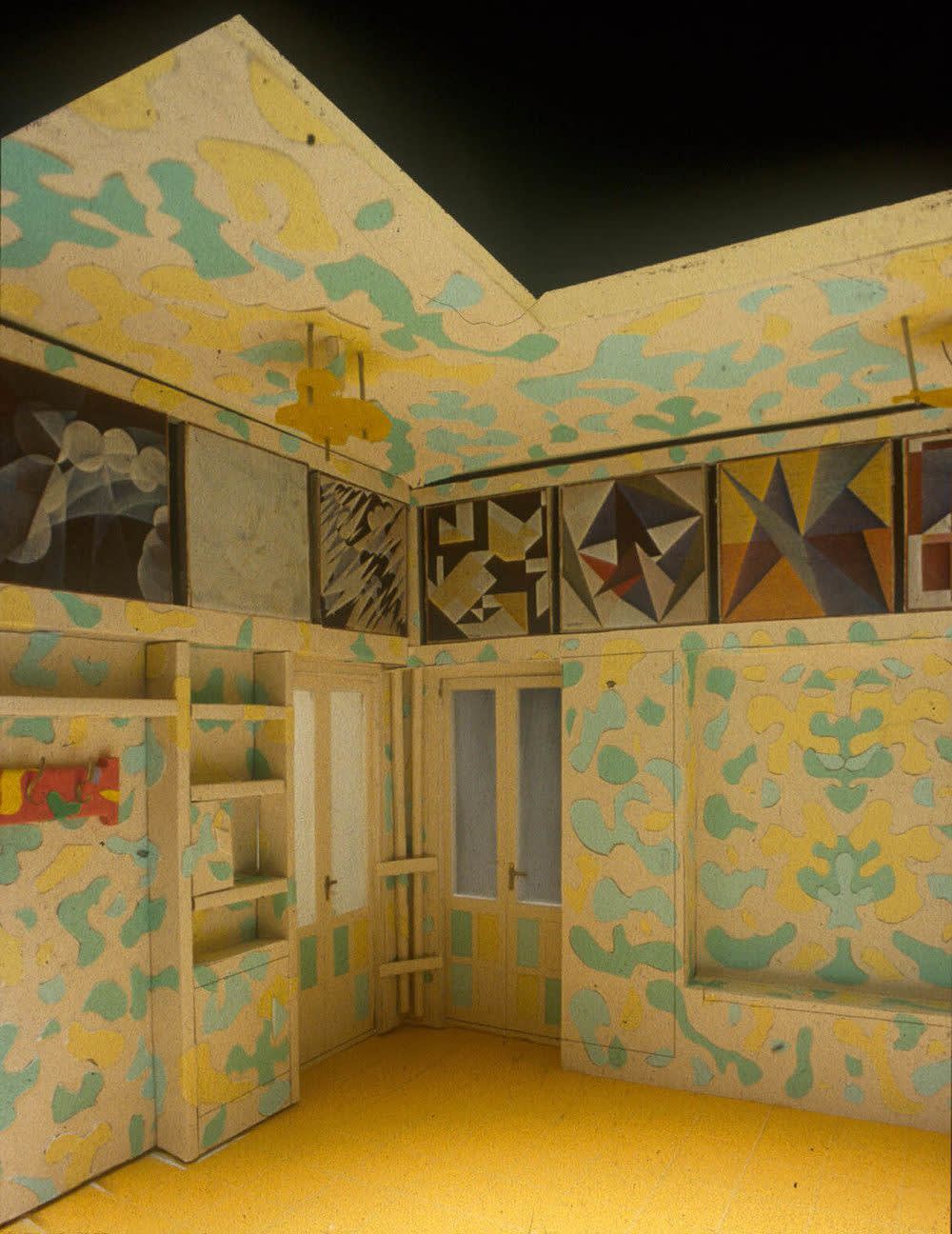
Giacomo Balla
Casa Balla Model, 1929
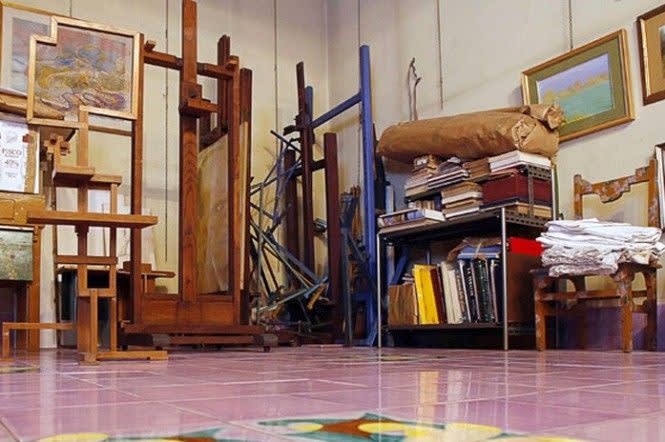
Giacomo Balla
Home Studio, Casa Balla, 1929
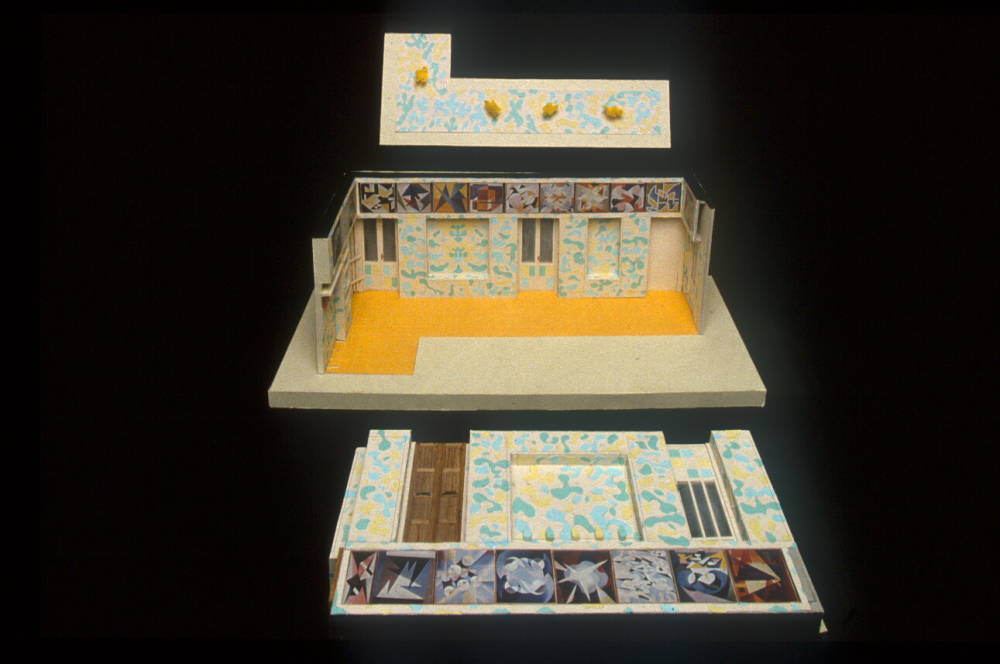
Giacomo Balla
Casa Balla Model, 1929
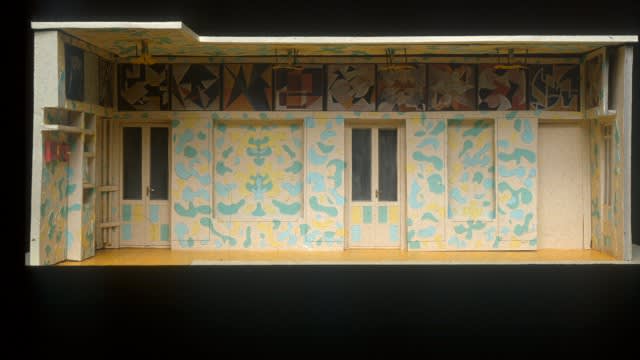
Giacomo Balla
Casa Balla Model, 1929
It is without saying that Giacomo Balla lived and breathed all things futurism. Casa Balla is a perfect example of where the futurist movement expanded outside of its manifesto and the confounds of an artistic work, to provide a foundation for a functional and revolutionary style of decoration, living, and rethinking the world of art through both a conceptual and decorative lens.
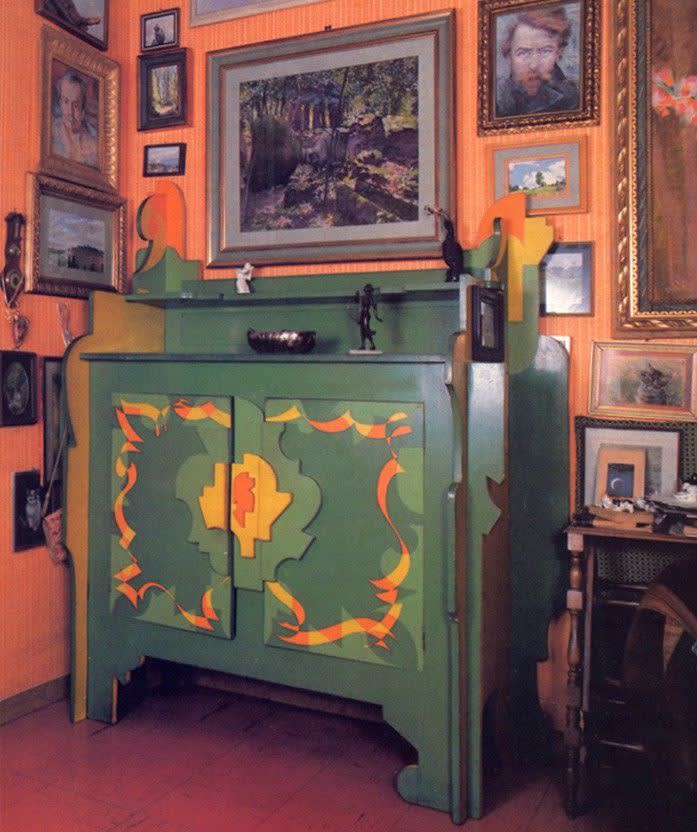
Giacomo Balla
Casa Balla, 1929
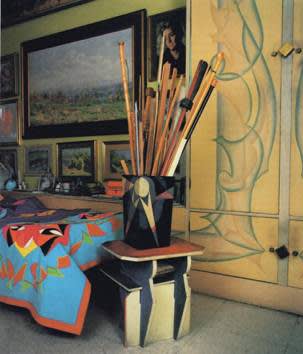
Giacomo Balla
Casa Balla, 1929
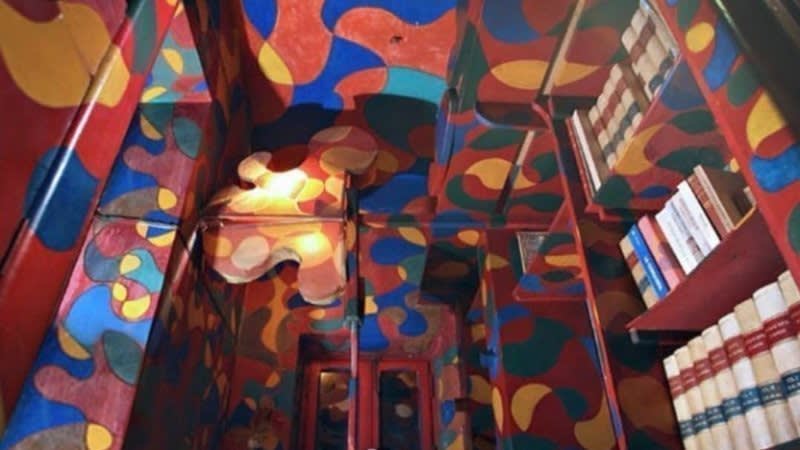
Giacomo Balla
Casa Balla, 1929



